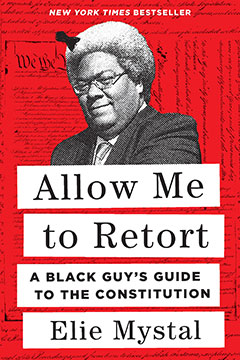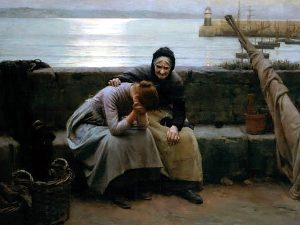This post is brought to you in between panels at Balticon. I’m still in Australia and there’s a 14 hour time difference between my computer and Balticon, so this will be short.
My supporters have asked for Medieval recipes for the next little while on my Patreon page, so the Medieval food and foodways books will have to wait. So where do I look for inspiration? The panel I’m in the audience for is an amazing group of writers and editors and they’re talking about genre as literature. Balticon has the best panels. Instead of a single book or group of books, then, I’ll use their discussion for inspiration. The panel began with an analysis of why some books belong in one part of a bookshop and why in another. Karen Osborne let us know that marketing is an issue, that where books are placed in a shop depends partly on negotiations between the shop and the publisher’s people.
This makes me think about how marketing can hide a book from an audience and how the culture that underlies the book calls out to some audiences more than others. This makes me think (again) of Alexis Wright’s The Swan Book.
The marketing of The Swan Book was that it was great literature, which it is. It’s a totally brilliant and absorbing novel. It’s also not an easy read. This means that the ‘this is great literature’ categorisation meant that genre readers are only just discovering it. US novels travel more easily between the two markers, but US genre critics don’t always watch for Australian literature and so The Swan Book was missed for all the awards that might have enabled it to be seen by the wider public.
This applies to so many books from outside the US. Books from Canada and the UK are a bit more likely to cross genre boundaries because they are that much more visible, but most Australian books that win awards and that enter into US bookshops and that are reviewed in Locus are not only firmly seen as genre from the get-go and marketed as genre, but follow US genre tags. The more unique a writer is and the more their work brings out cultural material that is not widely known and break genre tropes in so doing, the more difficult it is for their work to be seen by genre readers.
I know this from experience, because my novels are distinctly Australian and are discovered more slowly by readers than, say, the more US-like writing of Garth Nix or of Trudi Canavan. This is not a quality issue. It’s to do with choices we’ve made as writers about what will be in our novels. Alexis Wright’s The Swan Book is so very remarkable and the culture that it expresses is not only very Australian, but specifically Indigenous Australian. It’s now sneaking into conversation about speculative fiction.
Genre boundaries are porous, but some work doesn’t cross it and reach genre readers when it ought, and some crosses more slowly and… it’s complicated.


 A couple of weeks, I wrote about the importance of taking a break from the war news. Being able to step away is indeed a privilege. Ukrainians can’t take a break in the same way that I, living in a nation not at war, can. They may have times when life goes on as usual, depending on where they live, but somewhere else in their own country, cities are being pulverized and ordinary people are the victims of terrorist attacks.
A couple of weeks, I wrote about the importance of taking a break from the war news. Being able to step away is indeed a privilege. Ukrainians can’t take a break in the same way that I, living in a nation not at war, can. They may have times when life goes on as usual, depending on where they live, but somewhere else in their own country, cities are being pulverized and ordinary people are the victims of terrorist attacks. Inspired by Nancy Jane Moore’s piece last Friday, I downloaded The Baby on the Fire Escape.* I’m working my way through it–it is wonderfully written, dense and thoughtful, with much to digest. As Nancy says, it’s about mothers as creators, about the ways that women have found to do creative work, sometimes in the interstices of motherhood, sometimes by turning their backs on motherhood, sometimes working with support, sometimes going it alone.
Inspired by Nancy Jane Moore’s piece last Friday, I downloaded The Baby on the Fire Escape.* I’m working my way through it–it is wonderfully written, dense and thoughtful, with much to digest. As Nancy says, it’s about mothers as creators, about the ways that women have found to do creative work, sometimes in the interstices of motherhood, sometimes by turning their backs on motherhood, sometimes working with support, sometimes going it alone.